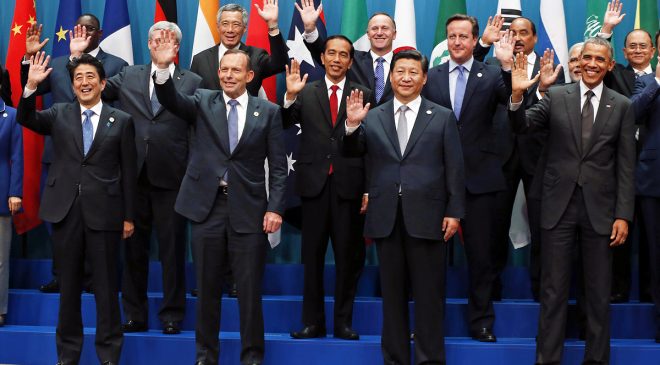My girls and I recently spent several days in New York City, where I filmed this clip about unschooling and self-directed education. We decided to make it a field trip, enjoying a Broadway show, Central Park, and the Metropolitan Museum of Art. Although I have been a city dweller in Boston for over 20 years, it pales in comparison to New York City’s size and scale. Walking through Times Square, the phrase that kept popping into my head was: spontaneous order.
Here were thousands of people in a few square blocks, all peacefully pursuing their own interests in an environment of voluntary association and exchange. Some people might have been in search of Italian food, others Mexican. Some visitors may have been shopping for shoes, or pocketbooks, or travel memorabilia, while others were interested in the street performers and musicians. Some arrived by taxi, others by subway, and still others by foot or bicycle. Some were there to sell, while others were there to buy.
There were countless reasons all of those people were in Times Square, but they came as a result of their own distinct interests, taking advantage of a panoply of dining, shopping, and artistic vendors, without any central planner coordinating their activities. It is an extraordinary example of the power of the marketplace to spontaneously facilitate peaceful, voluntary exchange for highly diverse individuals with many different interests and needs. As State University of New York economist Sanford Ikeda writes, “great cities are Hayekian spontaneous orders par excellence.”
Spontaneous Order
In his book, The Fatal Conceit, the Nobel Prize-winning economist F.A. Hayek explained the beauty of spontaneous order in greater detail, arguing that while it’s not perfect, the order that arises through decentralized, individual interest is superior to any external attempt to mastermind human action. Hayek wrote:
Such an order, although far from perfect and often inefficient, can extend farther than any order men could create by deliberately putting countless elements into selected “appropriate” places. Most defects and inefficiencies of such spontaneous orders result from attempting to interfere with or to prevent their mechanisms from operating, or to improve the details of their results. Such attempts to intervene in spontaneous order rarely result in anything closely corresponding to men’s wishes, since these orders are determined by more particular facts than any such intervening agency can know.
A few days in Times Square gave me an even greater appreciation for the spontaneous order of the marketplace and its ability to satisfy an array of preferences, peacefully and voluntarily, without central planning or control. It’s an extraordinary display of emergent, harmonious human action.




